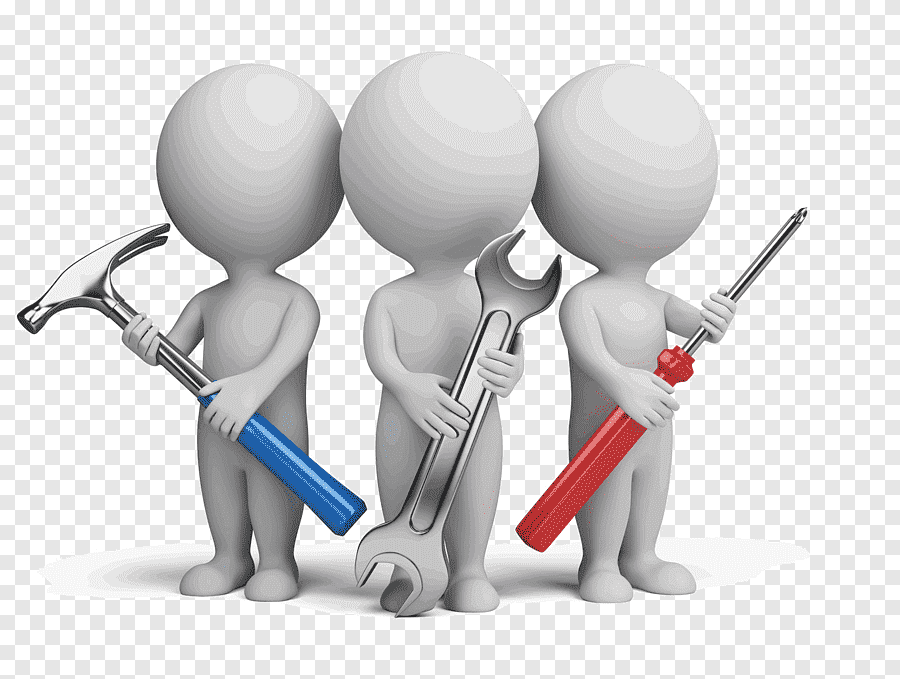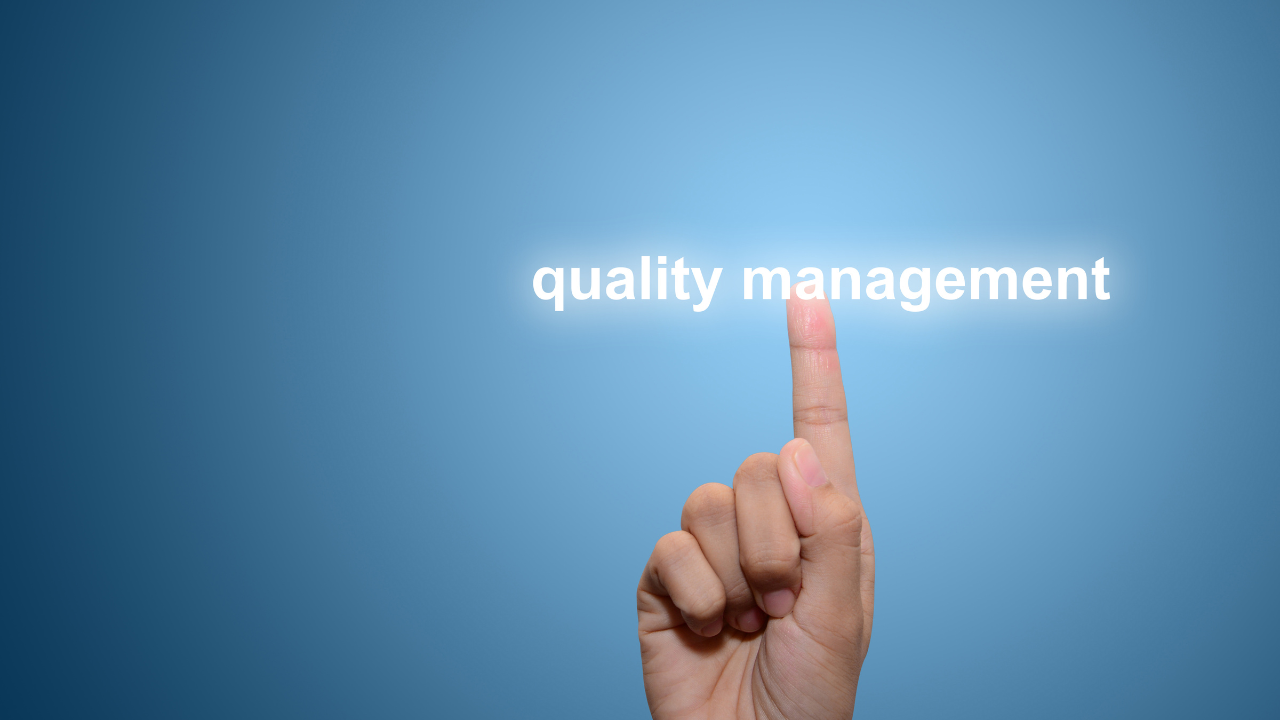New Challenges in Maintenance Management
Zia Ahmed Abbasi
Posted 03/16/2023
Introduction
In today’s highly competitive markets, organisations are strongly looking to achieve strategic objectives to meet stakeholder needs and smart returns on investment. Managing assets and equipment optimally has become crucial for organisations to stay competitive in today’s global market. Such a demand places enormous pressure on maintenance systems to improve efficiency and reduce operational costs. Therefore, it has become imperative for maintenance managers to adopt tools, methods, and concepts that could stimulate performance growth, minimize errors, and utilize resources effectively to transform the organization into a winner.
Visionary maintenance management is therefore needed to contribute to the optimization of the assets value and to increase the profitability of organizations.

With the introduction of advanced maintenance practices and systems, the old traditional concept of treating a Maintenance center as a COST CENTRE is now diminishing.
In fact, Maintenance centers, with effective application of new techniques and concepts are PROFIT CENTRES.
An organization can increase its production revenue incredibly by slightly increasing the budget and adapting advance techniques and systems in maintenance.
On the other hand, improper maintenance leads organisations to great damages through human loss, asset loss, environmental damages and production unavailability. Especially in the process industries, a significant percentage of major accidents are linked to maintenance deficiencies.
There are several examples where overlooking the proper maintenance activities have resulted in disasters and accidents with extensive losses.
Organizational Objectives and Role of Maintenance
Normally an organization seeks one or several of the following objectives:
- Profit maximization
- Specific quality level of service or products
- Minimizing costs
- Goodwill
- Safe and clean environment
It is clear that all of these objectives mentioned above are heavily impacted by maintenance and therefore the objective of maintenance must be aligned with the objectives of the organization.
Hence the principal responsibility of a maintenance department is to provide efficient services to enable the organization to achieve its objectives by:
- Keeping assets and equipment in good condition, well configured and safe to perform their intended functions
- Perform all maintenance activities including preventive, predictive; corrective, overhauls, design modification and emergency maintenance in an efficient and effective manner
- Conserve and control the use of spare parts and material
- Play their role to conserve energy through effective maintenance of equipment
Unfortunately, in a traditional system, a maintenance worker is not aware of these prime objectives. He carries out maintenance as a routine practice, just for the sake of maintenance, or for the sake of his job.
On the other hand, in many organizations, management views maintenance as a burden on their profit.
This might be correct for an old style ‘Run to failure’ traditional maintenance system but not true for a proactive smart maintenance system. An effective maintenance system is there to optimize profit and to keep the plant fit for production every hour.
Required Factors in Preparing a True Maintenance Team Aligned with Organization Objectives
1. Efforts in Line with ISO 55000: Concept of Asset Management
Maintenance without performance evaluation is unaffordable, useless and a burden on organizations.
The ISO 55000 series is a guideline introduced by the International Organization for Standardization (ISO) to develop, utilize, maintain, and improve the asset value by adopting an asset management system.
As a certified auditor and practitioner of ISO 55000, I have found this system very much useful in putting maintenance departments on the right track towards cost improvement and savings.
Unfortunately, many organizations are still unaware of the usefulness of ISO 55000.
In any big organization, there are more assets to manage, so more precise quantitative tools are required to manage assets.
Performance evaluation is a vital activity to assess the success of any system. Same with Maintenance management. With the help of different performance evaluation indicators, one can analyze which part of the system is not performing as per set targets.
Since maintenance has major impacts on asset management, a method for addressing the evaluation of maintenance performance, based on the guidelines given in ISO 55000 series are relevant for practitioners in the field.
It is mandatory to set Maintenance Key Performance Indicators as these MPIs can contribute to improve maintenance management as per already set targets of the organization.
The following are a few MPIs that can be introduced in any organization:
- Mean time between failures (MTBF)
- Mean time to repair (MTTR)
- Overall Equipment Effectiveness (OEE)
- Maintenance emergency downtime
- Budgeted versus realized maintenance cost
- Compliance with actions regarding maintenance of environmental plan
- Compliance with the technical knowledge and skills development plan
- New controls to mitigate existing risks related to physical assets
- Number of open nonconformities for maintenance
2. Data and History of Equipment
Maintaining data, history and a record of all equipment is a strong tool of profitable maintenance.
Maintenance teams should know:
- The capital value of assets
- Production value of assets
- Expenses on maintenance in its entire life cycle
- Annual expenses on maintenance including wages and salaries
- Previous record of its maintenance and problem that arose in maintenance
- History of replacement and renovation
- History of alteration

It is not uncommon to observe a Maintenance team that starts their activities without referring to previous history and equipment record. This leads to improper maintenance and repetition.
Further without cost analysis, maintenance activity results in unplanned expenses.
The Maintenance team should understand that “Equipment is to serve the organization and the organization is not to serve the equipment”. Therefore, it is necessary to keep track of each and every record of maintenance and expenses on all equipment.
3. Proper Field Related Training
In my 33 year journey in the Maintenance field, I found the foremost missing item for maintenance and Operation supervisors to be proper job training or unawareness about their role in making the organization profitable.
Organizations depute less skilled and untrained manpower to work on their costly equipment and plants just to cut expenses.
Consequently, such an untrained workforce is trained on the job and at the cost of damaging the costly equipment. Such an imperfectly trained work force lacks the basic requirements of their assignment.
Normally, the seniors themselves are not trained to train a junior properly. In some cases, these seniors advertently hide their knowledge in a fear that their juniors may replace them.
There is no training need assessment (TNA) carried out which is a vital part of training new employees and a guideline for management as to which employee is not fit for which task and which employee needs what type of training to perform their job efficiently.

With such a primary and major mistake, organizations lose millions in revenue on account of incompetency of this unskilled manpower, for example:
- Unnecessary replacement of spare parts
- Damage of equipment and costly spare parts during repair and maintenance
- Complete or major failure of equipment
- Buildup of a high inventory of costly spares in warehouses
In one organization, a 70-meter diameter floating roof of a crude storage tank sank because the operation and maintenance teams were unaware of the importance and functioning of a rainwater drain system. The drain was only 25% open while it was heavily raining, and the rainwater drain should have been fully opened.
In another organization, 5 workers were killed, and a fire heater was permanently damaged in a fire incident. This was due to lack of basic knowledge of maintenance staff in opening of heater tube plugs for cleaning.
There are un-countable numbers of such incidents resulting in more losses than savings as a result of cutting expenses and improper training.
I have observed many incidents in multiple organizations which led to huge losses of money and humans which are 1000 times more than the cost of training all maintenance and operation staff.
Conclusion
- Maintenance is a profit making department not a mere expense department. We can get a handsome return through a little investment in the maintenance department.
- Adapting modern concepts of Asset management, we can enhance life and production value of all equipment with an excellent output.
- Performance evaluation through different interactive MPIs is the key to successful maintenance management.

Zia Ahmed Abbasi
Zia Ahmed Abbasi is currently working as Head of the Inspection Department in a leading Crude Oil Refinery of Pakistan, National Refinery Limited, Karachi, Pakistan. He has 33 years of experience working and leading Oil refineries of Pakistan in Maintenance and Plant Integrity departments. He can be reached by email at [email protected].
Related Articles

Maintenance Management - Defining, Clarifying "Reliability"

Maintenance Management Legends

Maintenance Management as a Quality Process

Hiring of Maintenance Management Personnel – Top 10 Mistakes

Effective Maintenance Management at Doe Run




